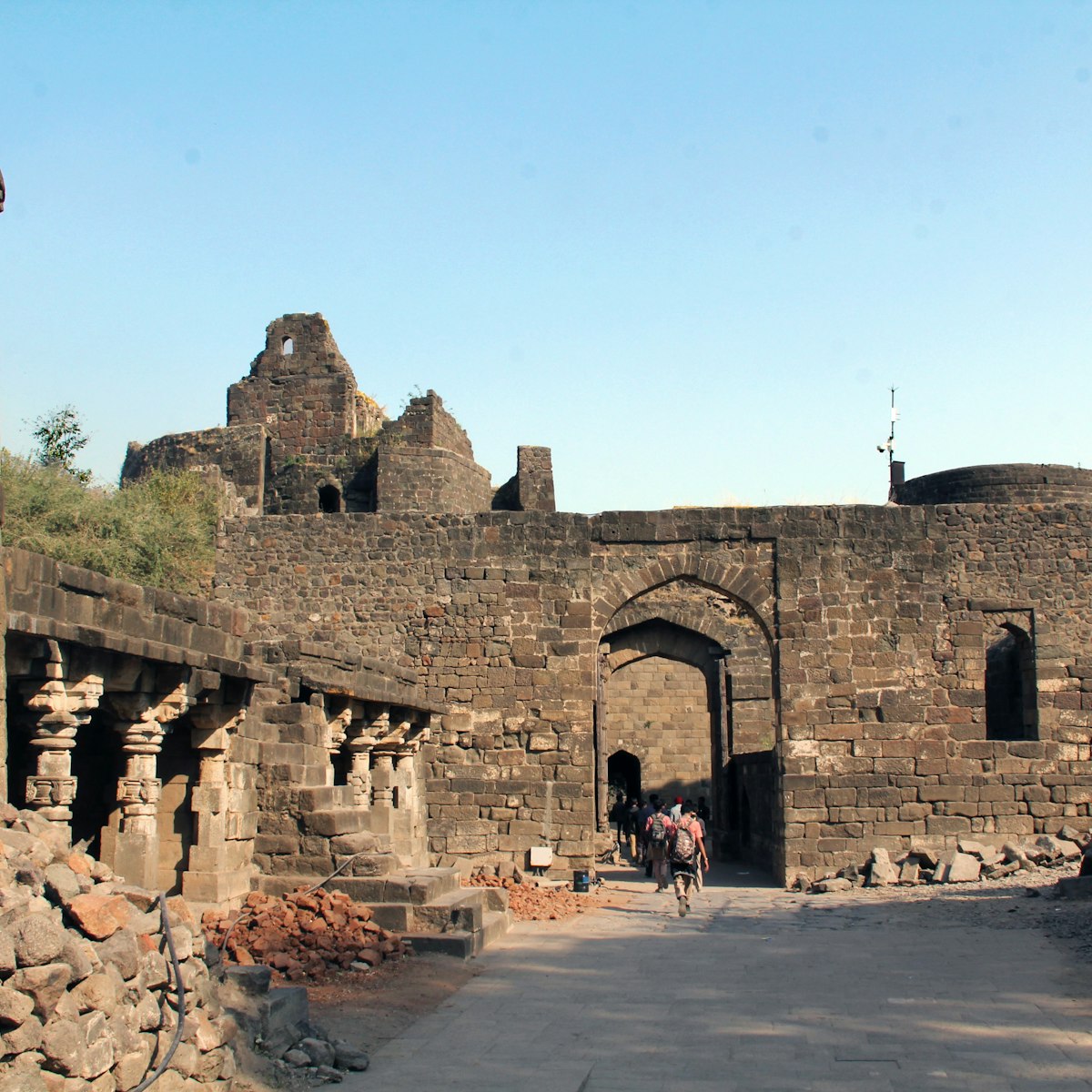Built by Aurangzeb’s son Azam Khan in 1679 as a mausoleum for his mother Rabia-ud-Daurani, Bibi-qa-Maqbara is widely known as the poor man’s Taj. With its four minarets flanking a central onion-domed mausoleum, the white structure certainly does bear a striking resemblance to Agra’s Taj Mahal.
It is much less grand, however, and apart from having a few marble adornments, namely the plinth and dome, much of the structure is finished in lime mortar.
Apparently the prince conceived the entire mausoleum in white marble, but was thwarted by his frugal father who opposed his extravagant idea of draining state coffers for the purpose. Despite the use of cheaper material and the obvious weathering, it’s a sight far more impressive than the average gravestone.
The Bibi’s formal gardens are a delight to explore, with the Deccan hills providing a scenic backdrop. It's located 3km north of the Central Bus Stand – a ₹50 or so Ola rickshaw ride.




